Wayback Weekend: Comic History
Skip to commentsThat Famous Thurber Spot Drawing for The New Yorker
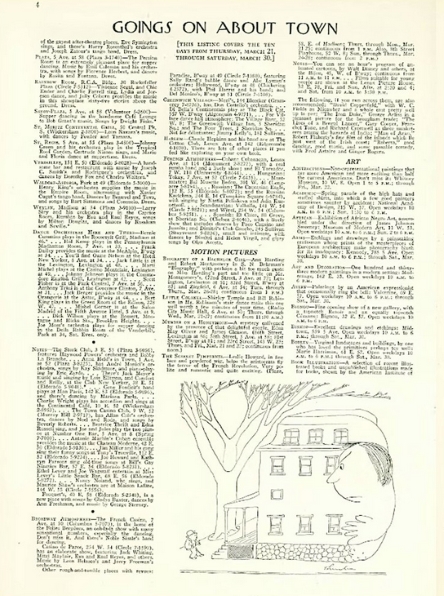
First, a brief reminder of what’s what: New Yorker “Spot” drawings are not New Yorker cartoons. Once upon a time, pre-Tina Brown era, Spots were those unrelated, uncaptioned drawings by various artists, placed here and there throughout the magazine. They could be humorous, but they could also be simply a drawing of, say, a shovel, or a pineapple. They were often charming. I believe Spots were originally brought into play to help fill out column space during the layout of the magazine (for instance: if an article ran too short. The “Newsbreaks” made famous by E.B. White, were another device to help layout problems).
Michael Maslin at Inkspill educates us on The New Yorker “spot drawings” and what may, or may not, be James Thurber‘s most famous contribution to that classification of magazine illustration.
This brings us to the issue of March 23, 1935. On the lower right of page 4 of the GOAT section is one of Thurber’s most famous drawings. Thurber: A Bibliography by Edwin T. Bowden describes the drawing as Man approaching house that becomes enormous woman peering from behind itself.
The Wonder of Wonderful Comic Artist Roy Wilson
A fan of the art of influential British humour comic artist Roy Wilson kindly shared some examples of his original, meticulous artwork online, created during the production of an episode of “Private Billy Muggins”, his cover strip for the long-running The Wonder.
The art shared – just one panel of “Private Billy Muggins” from the episode for The Wonder No. 1504, cover dated 16th September 1944, the title then published “every alternate Friday” by Amalgamated Press, shows how the much-admired British comic artist strived for perfection, in the art that he produced.
The first three images below are panels that he drew and rejected, and the final one is the panel as published.

“On their own, each panel is flawless but he seemed preoccupied with improving the composition. The one he chose in the examples you’ve shown is the best of the bunch, but not of us would be any the wiser if he’d chosen one of the others instead. So dedicated to his craft.”
John Freeman at downthetubes informs us about mid-19th Century English “incredible” comic artist Roy Wilson.
Born in Kettering, Roy Wilson (9th July 1900 – June 1965) was one of the most important British comic artists during the 1930s. Some of his finest and funniest cartoon animals are “George the Jolly Gee Gee” and “Chimpo’s Circus” …
The Midnight Ride? Pfff! Paul Revere Cartoonist is the Story!
These days, Revere’s name is synonymous with his April 18, 1775, horseback ride through Massachusetts towns in advance of the British military’s advance. He also dabbled in dentistry, ran a hardware store and owned a bell and cannon foundry.
But in the 1770s, he was probably best known for his work as a talented silversmith, a skill that enabled him to engrave the copper plates used in printing presses. That opened the door to all sorts of possibilities, including political cartoons.
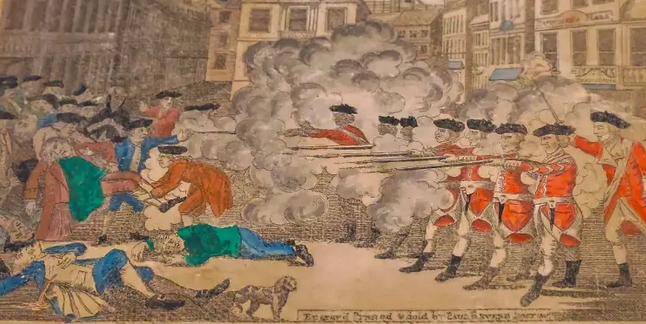
Esteban Bustillos for WGBH reports on the cartoons of famed revolutionary Paul Revere, whose works of art were more successful than his ill-fated midnight ride of 250 years ago.
This is “The Bloody Massacre,” Paul Revere’s famous depiction of the Boston Massacre in 1770. It was an image that helped pave the way to revolution.
Though…
… his most famous work by far is his engraving of the Massacre. And it’s not even originally his. Although he made slight changes of his own, Revere’s engraving of the Boston Massacre appears to have been a copy of the work of another artist named Henry Pelham.
The Illustrated Tarzan Book No. 1 Picturized from the novel Tarzan of the Apes by Edgar Rice Burroughs
The Project Gutenberg eBook of The illustrated Tarzan book no. 1
This ebook is for the use of anyone anywhere in the United States and most other parts of the world at no cost and with almost no restrictions whatsoever. You may copy it, give it away or re-use it under the terms of the Project Gutenberg License included with this ebook or online at www.gutenberg.org. If you are not located in the United States, you will have to check the laws of the country where you are located before using this eBook.
The Winter 1929 comic strip adaptation of Edgar Rice Burrough’s Tarzan of the Apes scripted by R. W.Palmer and illustrated by Harold Foster entered public domain status this year and so did the Summer 1929 Grosset and Dunlap book collection of those strips. Project Gutenberg has posted that book on the world wide web.

Of course ERBurroughs, Inc. made it all public years ago with the whole history of the early comic strip.
Lexington: 250 Years Ago and Rusty Riley and Frank Godwin
Above we noted Paul Revere and his 1775 ride to Lexington, but there was another Lexington 250 years ago.
Editor’s Note: As Lexington celebrates the 250th anniversary of its founding, the Herald-Leader and kentucky.com each day throughout 2025 will share interesting facts about our hometown.
Throughout the 1950s, newspaper readers keyed in on life in Lexington every day in the comics section with a strip drawn by Frank Godwin called “Rusty Riley.
“Although the cast traveled widely, much of the action took place in and around Lexington. Godwin worked in local references, like the Plug Horse Derby, a one-day fair at The Red Mile that was popular after World War II.”
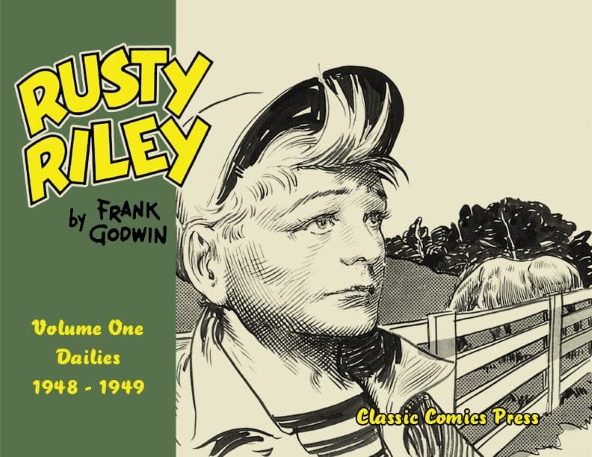

Liz Carey for the Lexington Herald-Leader recalls Frank Godwin’s Rusty Riley comic strip based in that area.
“Lexington readers initially complained to Godwin, who lived in New Hope, Pennsylvania, that he wasn’t drawing their community accurately. So, the artist made several trips over the next few years with his sketch pad, studying local farms and racetracks. The effort paid off,” [reporter John] Cheves wrote in 2015.
Funky Jungle Games
A couple weeks ago Tom Batiuk told how and why he climbed Mt. Kilimanjaro and how during that “vacation” a fellow traveler insisted that the adventure should be put into Batiuk’s Funky Winkerbean comic strip.
During that Les Moore adventure there was a Sunday page that featured various jungle denizens.

How many can you name? Tom’s post helps with a few of them:
Les not only imagined seeing Tarzan but also Sheena, Ramar, Jungle Jim, Jann of the Jungle, Congo Bill, and every other jungle action hero I could recall.
I count 11 humans. Don’t forget the comic book.

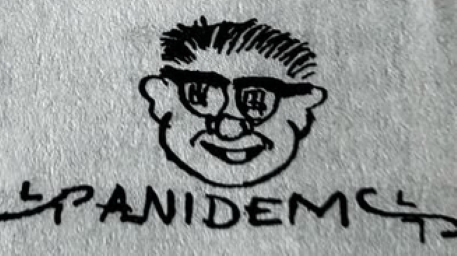
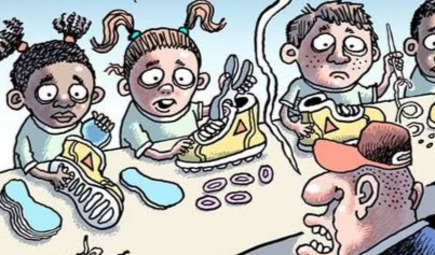
Comments 4